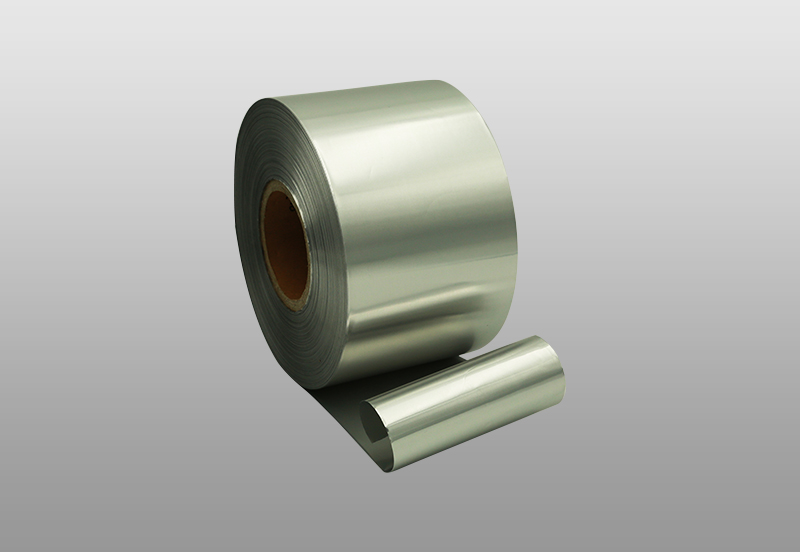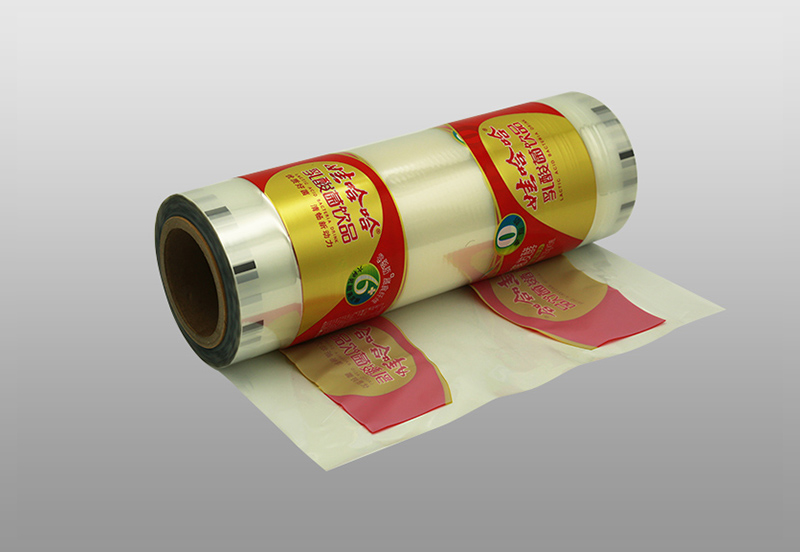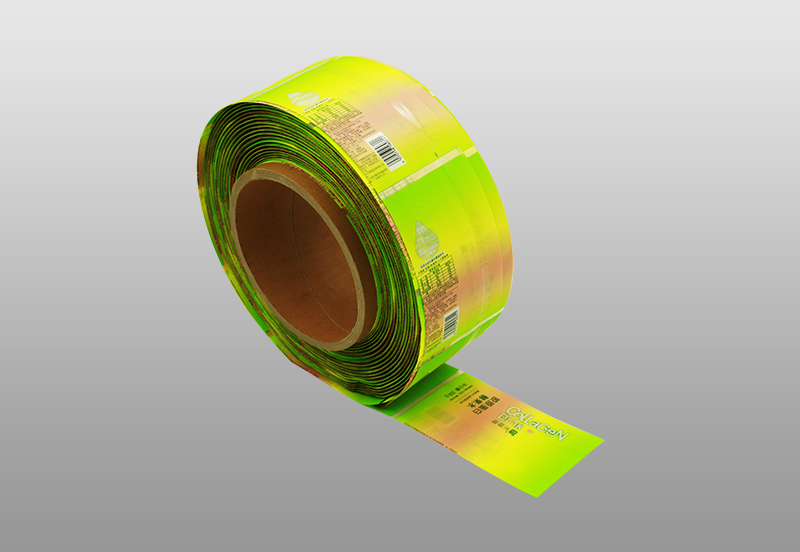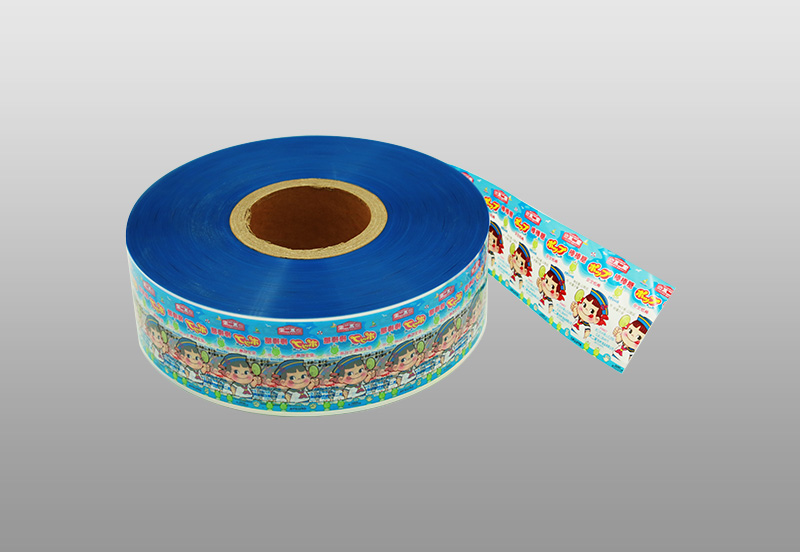1. Dry compound method
The dry compounding method uses various sheet or film materials as the base material. A gravure roller is used to coat a layer of adhesive on the surface of the base material. It is a kind of composite film production method commonly used in China. The characteristic of dry composite film is that it has a wide range of adaptability and suitable adhesives are selected. Any sheet or film material can be composited, such as PE film, PP film, PET film, PA Film, etc., and the composite strength is high, and the composite speed is fast. However, in these methods, the cost of dry compounding is relatively high. In addition, since the amount of binder is generally 2.5% and 5% (dry solid content), there are problems of solvent residue and environmental pollution.
Dry composite is suitable for a variety of composite film substrates and composites between film and aluminum foil and paper. It has a wide range of applications and excellent resistance to chemical media. For example, there are alkali, acid, spicy, oil and other ingredients in food, and in cosmetics. There are water, flavor, emulsifier and other ingredients, and chemicals include solvents, pesticides and other ingredients. They are widely used in packaging with harsh content conditions.
2.Coating compound method
The process of the coating compound method is relatively simple. For barrier resins that are difficult to process into a film separately, such as PVA, PVDC, etc., coating compound can be used. At present, the more mature technology for the use of PVA and PVDC is the coating process. PVA is water-soluble. In actual use, a mixture of water and ethanol is used as a solvent to coat PVA with a thickness of 4-6gm on the PE or P film. Because PVA has poor water resistance, you can add a cross-linking agent to the PVA solution to improve its water resistance, and at the same time, it also improves the adhesion of PVA to PE and PP, eliminating the need for primer. For the convenience of bag making, coating PVA's PE or PP film can be dry-composited with other films to form a composite film coated with PVA/PE (or PP)/LDPE structure. This film has good barrier properties and the vacuum effect is better than PA/LDPE , The cost is relatively low.
3. Co-extrusion compound method
The co-extrusion composite method is a technology that uses multiple extruders to produce a composite film with a multilayer structure through a composite die with multiple runners. This method has high requirements for equipment, especially machine head design and process control. In recent years, with the maturity of machining and manufacturing technology, the co-extrusion compounding method has developed rapidly, from the early 2-layer to the current 9-layer compound Films can be produced, and different materials can be selected according to functional requirements.
The different plastics mentioned here can be different types of plastics, the same type but different grades of plastic, or the same grade but different formulations. The cost of co-extrusion compounding is low, which can be reduced by 20%-30% compared with dry compounding, and no adhesive or anchor coating agent (AC agent) is used in the co-extrusion compounding process, so it has good hygiene and no environmental pollution problems. From the technological point of view, co-extrusion compounding includes two methods: co-extrusion blown film and co-extrusion casting.
4. Evaporation composite method
The vapor deposition composite method is a technology in which an organic plastic film is used as a base material and an inorganic material is composited. The dense inorganic layer can impart barrier properties to the material. Under high vacuum conditions, the aluminum wire is melted and evaporated at high temperature, and aluminum vapor is deposited on the surface of the plastic film to form a barrier layer with a thickness of about 35-40nm. The plastic film as the base material can be PE, P, PET, For PA, PVC, etc., vacuum aluminized film has excellent barrier properties. Aluminized film is a more suitable choice when transparent packaging is not required.

 English
English Español
Español русский
русский 简体中文
简体中文






